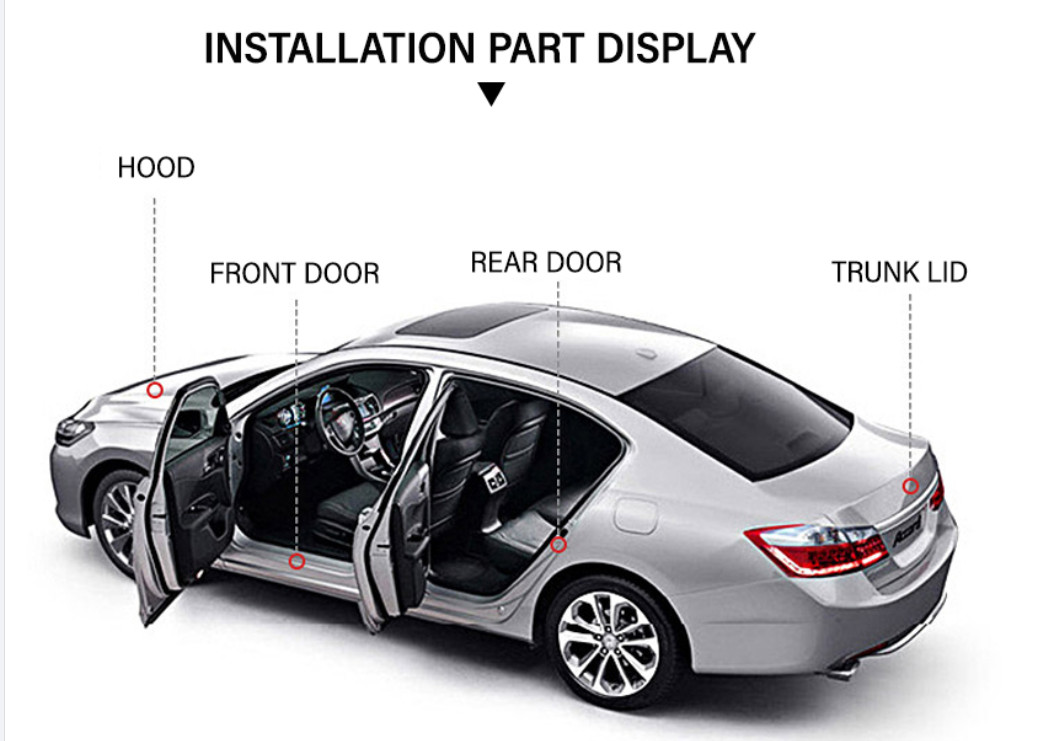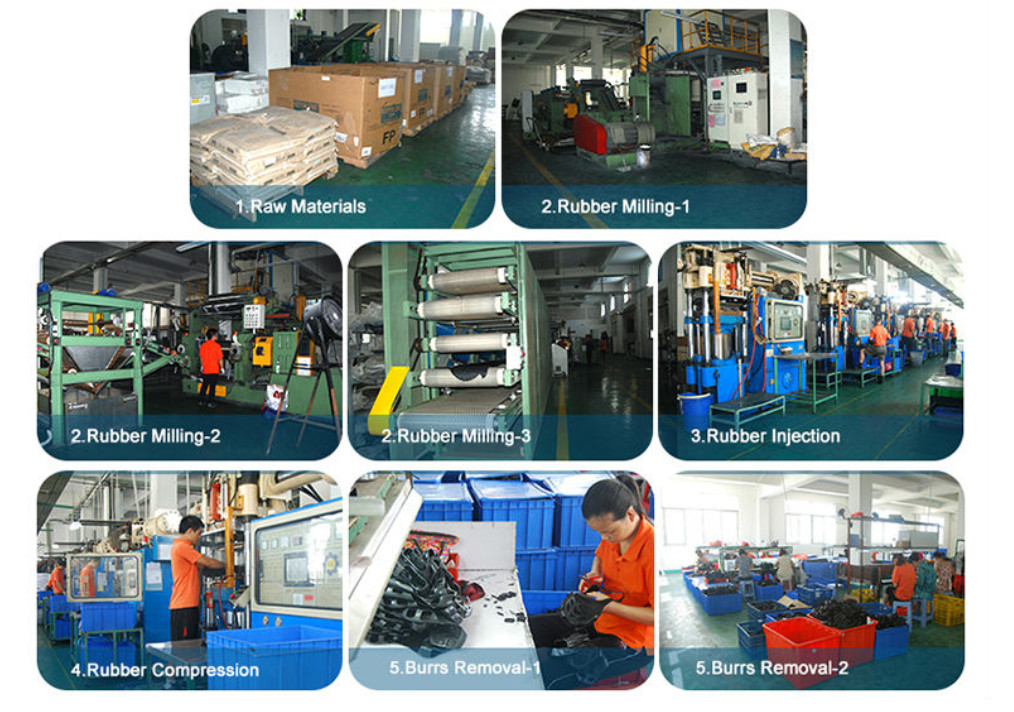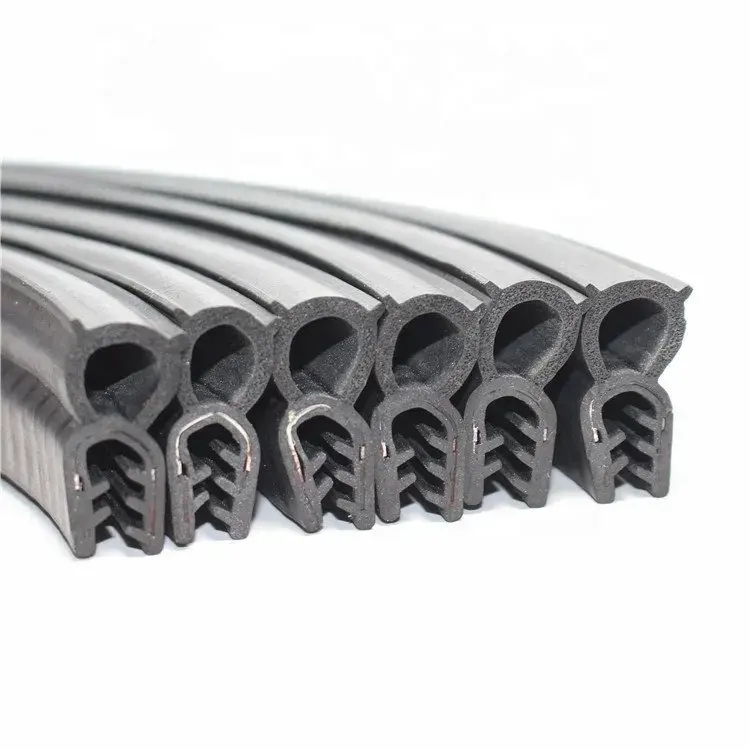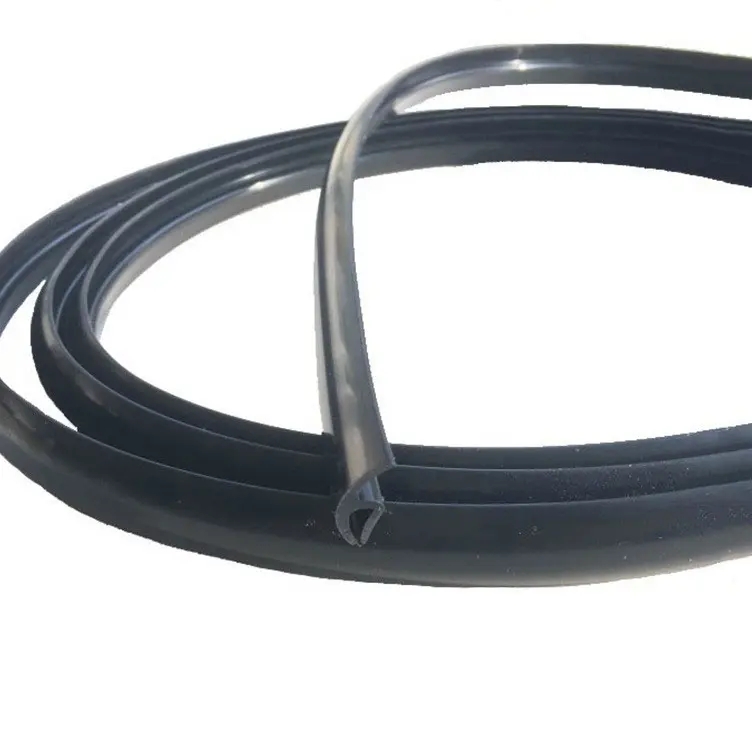Maximizing Vehicle Performance with Automotive Rubber Seals
Introduction: Automotive rubber seals are the unsung heroes of the modern automobile, ensuring performance, safety, and comfort. These unassuming elastomeric components, found throughout your vehicle, play a pivotal role in preserving its integrity. In this article, we’ll explore the world of automotive rubber seals, understanding their functions, varieties, and the undeniable significance they hold in the automotive industry.
The Versatile World of Automotive Rubber Seals
Automotive rubber seals are integral to the functionality and safety of your vehicle. They serve a range of essential functions:
Weather Resistance: Automotive rubber seals provide an effective barrier against the elements, protecting your vehicle’s interior from rain, snow, dust, and maintaining a dry and comfortable cabin.
Noise Reduction: These seals help create a quieter driving experience by reducing external noise, enhancing your comfort during each journey.
Waterproofing: By sealing off various parts like doors and windows, these rubber seals prevent water infiltration, safeguarding delicate electrical components and interiors.
Vibration Dampening: Automotive rubber seals absorb and mitigate vibrations, prolonging the life of critical components such as suspension systems and engine mounts.
Pressure Control: Seals play a role in regulating air pressure within your vehicle, contributing to aerodynamics and improving fuel efficiency.
The Different Types of Automotive Rubber Seals
Door Seals: Running along the edges of vehicle doors, door seals provide an airtight and waterproof seal, ensuring passenger comfort and safety.
Window Seals: Window seals create a snug fit for windows, enhancing security, reducing wind noise, and preventing water leakage.
Hood Seals: Positioned at the front of your vehicle, hood seals protect the engine compartment from dirt and moisture while helping with temperature control.
Trunk Seals: Located at the rear of your vehicle, trunk seals ensure a secure closure, protecting your cargo from external elements.
Engine Gaskets: These high-temperature-resistant seals prevent oil and coolant leakage in the engine, maintaining efficient and clean operation.
O-Rings: Essential for sealing connections and joints within your vehicle’s hydraulic and pneumatic systems, O-rings are crucial for system integrity.
The Crucial Role of Automotive Rubber Seals
Why are automotive rubber seals so crucial? Here’s why:
Safety: Properly functioning seals prevent water and moisture from entering your vehicle, reducing the risk of electrical malfunctions and potential hazards.
Fuel Efficiency: By reducing wind resistance and minimizing air leaks, rubber seals contribute to improved fuel economy, saving you money at the pump.
Comfort: Quieter cabins with reduced external noise and optimal climate control enhance your driving experience, making every trip more enjoyable.
Longevity: Dampening vibrations and protecting sensitive components, rubber seals extend the lifespan of various vehicle parts, reducing maintenance costs.
Environmental Protection: Effective seals help reduce emissions by ensuring the proper functioning of emission control systems, contributing to a greener future.
In conclusion, automotive rubber seals may not be the most visible components in your vehicle, but their impact on performance, safety, and comfort is undeniable. Choosing high-quality seals and maintaining them properly is essential for the well-being of your vehicle. Whether you’re a car enthusiast or a daily commuter, understanding the importance of these rubber seals can help you maximize your vehicle’s performance and ensure a smooth, enjoyable driving experience.
















